Taliesin
When newspaper headlines about Wright’s affair with Mamah Borthwick Cheney drove him from Chicago in 1911, he returned to the comfort of a place he had spent much of his childhood.
Originally settled by his maternal family, Wright had spent several summers farming the land that he purchased for Taliesin. His love for the setting can be felt in the home he created, which would serve him for the rest of his life. Following family custom, he gave the site a Welsh name, “Taliesin” (pronounced Tally-ESS-in), which means “shining brow.” The name symbolized Wright’s intention to create a home that was “of the hill,” not on it. Taliesin was therefore built below the hillcrest, on its brow rather than its crown. Regarded as one of Wright’s most significant expressions of Prairie-style organic architecture, the house uses local materials to echo the expansiveness of the Wisconsin landscape with a layout that the architect described as “low, wide, and snug.” Local farmers helped Wright move stone from the yellow limestone quarry nearby, which he then mixed with sand from the river to create Taliesin’s walls. Plaster for the interior walls was mixed with sienna, providing a golden hue reflective of the pastoral setting. Taliesin features many architectural elements that became Wright’s trademarks: the cantilever roofs, wide windows and an open floor plan.
Wright would rebuild the house twice, following significant fire damage in 1914 and 1925. The property grew and expanded overtime, with buildings to house its various functions as a home, a studio, a school of architecture, and a self-sufficient working farm. Taliesin, like all the homes that Wright designed for himself, continued to evolve over the nearly five decades that he lived there. Wright treated the home as a laboratory of sorts, continually altering it with the help of his apprentices whom he called “the fingers of my hand.” Though Taliesin would remain his home until the end of his life, beginning in 1937 Wright and the Taliesin Fellowship would migrate to Arizona’s Taliesin West each winter. Upon Wright’s death in 1959, ownership of the Taliesin estate, as well as Taliesin West, passed to the foundation that Wright had established in 1940 to preserve his legacy. Today, the site’s upkeep is attended to by the Taliesin Preservation, a non-profit established in 1991 to steward the preservation and legacy of the complex.
Taliesin Preservation since 1990 has served as steward of Taliesin in a collaborative agreement with its owner, the Frank Lloyd Wright Foundation. The dual mission of Taliesin Preservation is to preserve the cultural, built and natural environments that comprise the Taliesin property and to conduct public educational and cultural programming that provides a greater understanding of Frank Lloyd Wright’s architecture and ideas.”


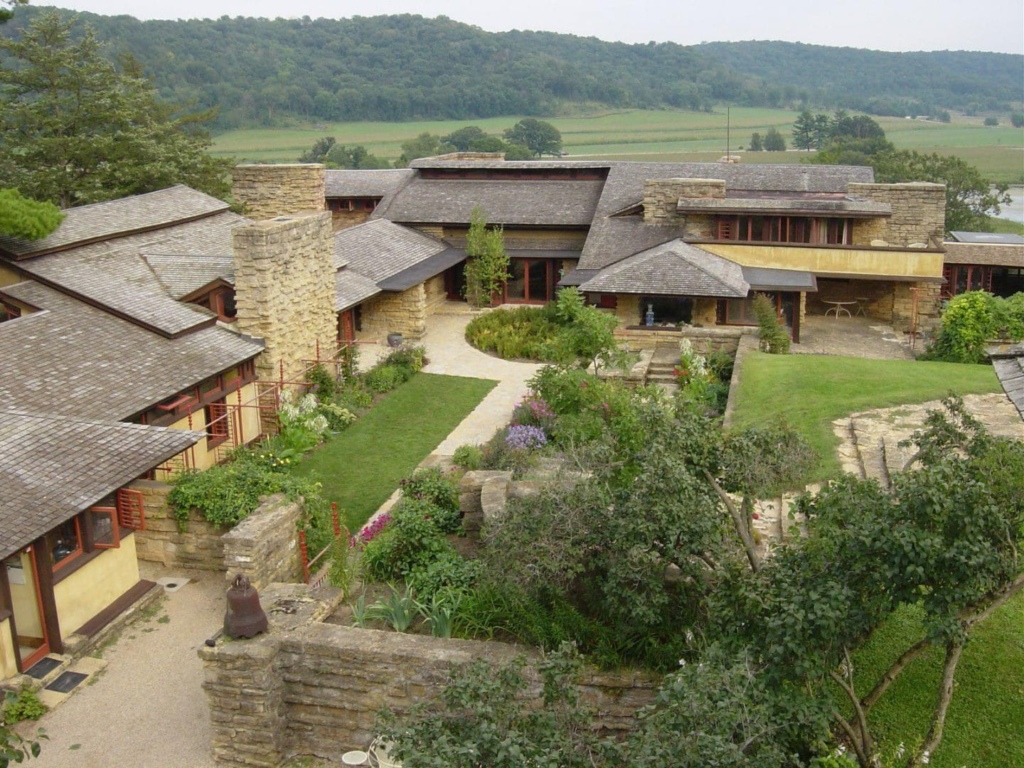
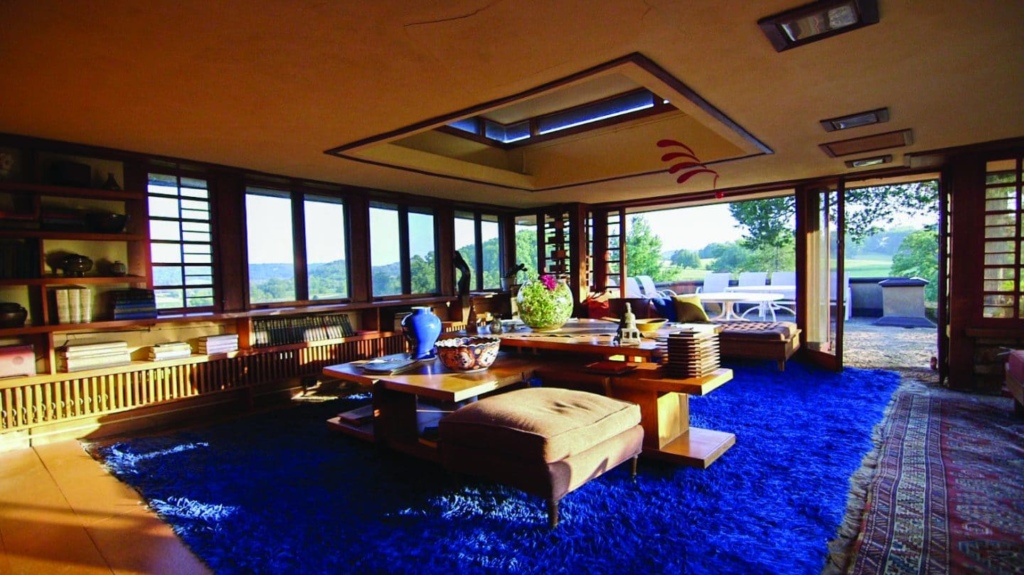


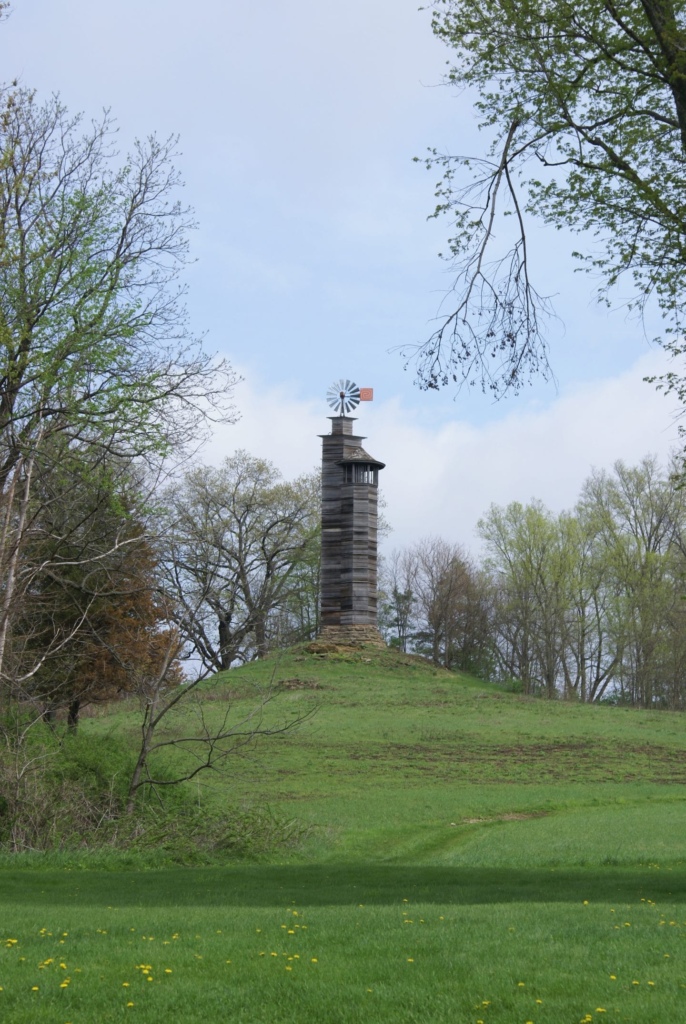
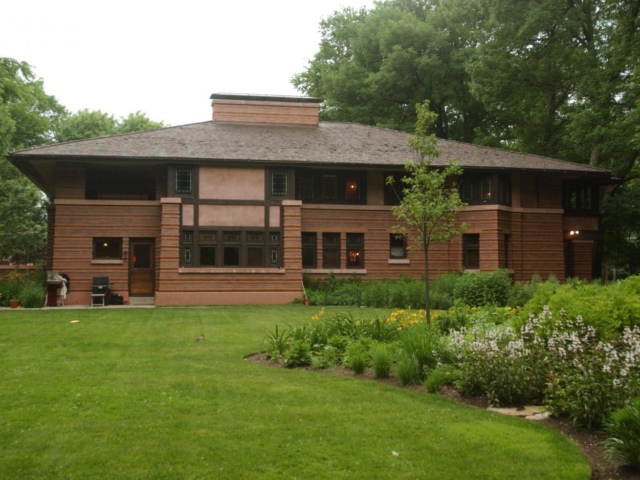


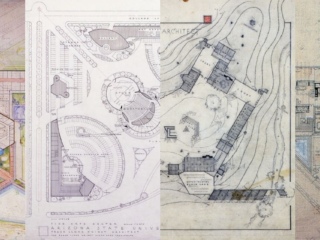
![[Cohen House Tropical Foliage (Abstract Pattern Study), Eugene Masselink, ca. 1957, graphite, ink, and paint on plywood, Frank Lloyd Wright Foundation Collection, 1910.223.2.]](https://franklloydwright.org/wp-content/uploads/2024/04/1910.223.2-2-a-320x240.png)
